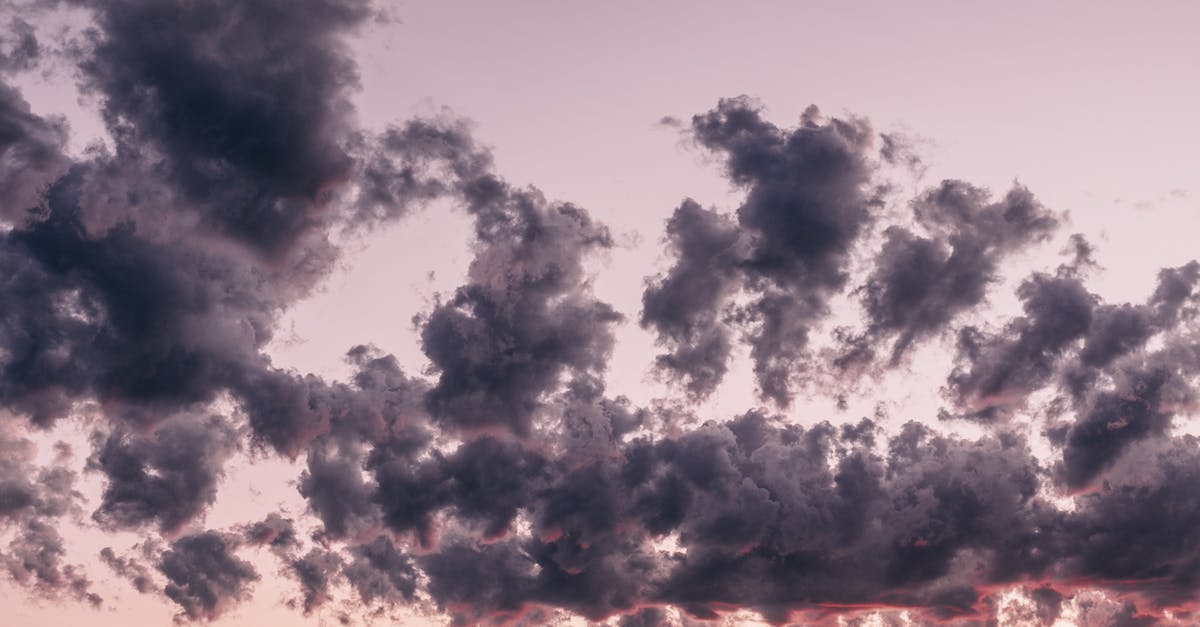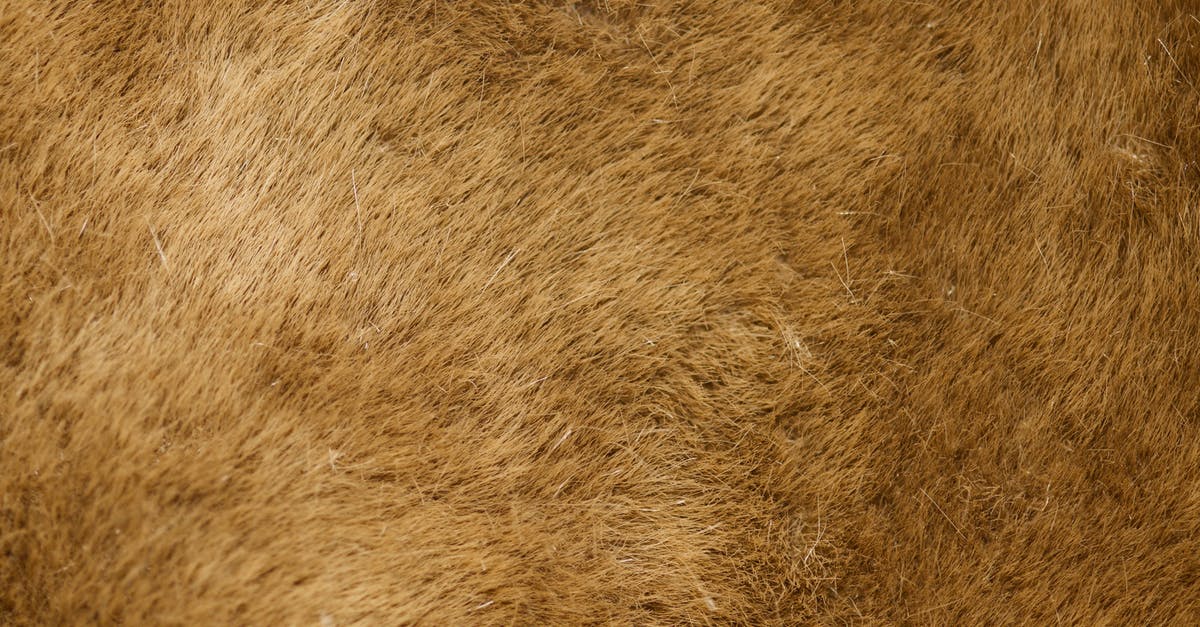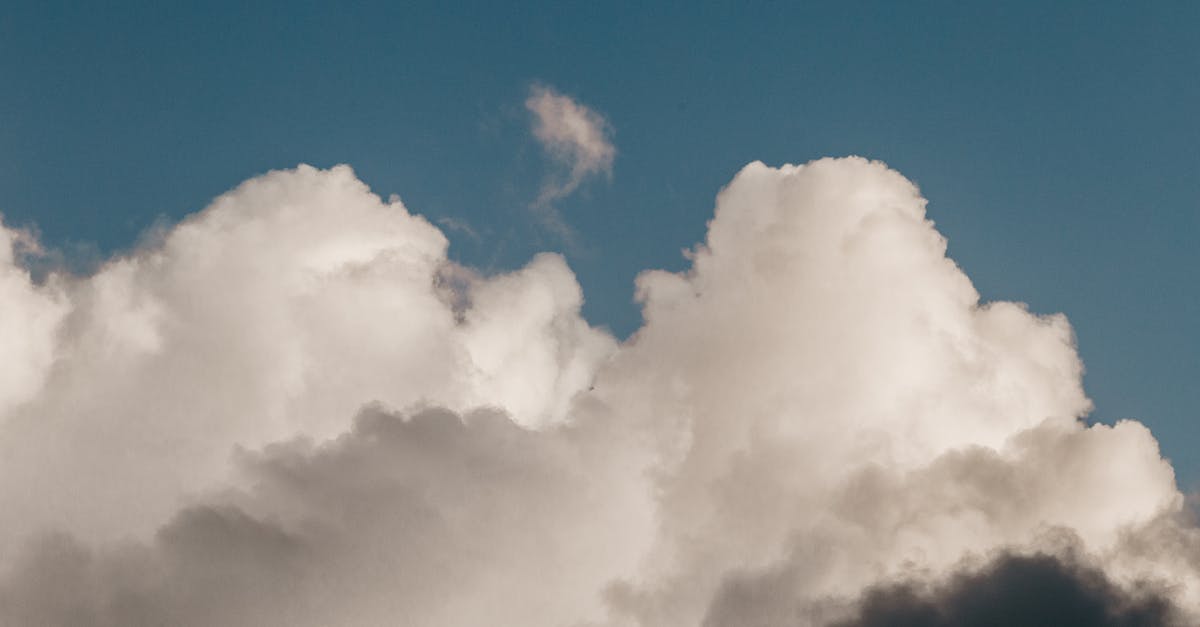How to make thick and fluffy pancakes?

I recently had thick and fluffy pancakes at a restaurant and I am eager to figure out how to make them.
Anyone know the secret behind getting thick and fluffy pancakes? Is it adding baking soda? Using carbonated water (does this even work?)?
Best Answer
Separating the eggs and whipping the egg whites before folding into the batter could assist in this. At home it's not a problem, but if it's a very busy that you had them in they're not likely to be doing this due to the fact that this will need to be done in batches.
Adding a bit of baking soda in addition to the baking powder could assist as well, but only if you're using buttermilk. If you're using regular milk the baking soda is going to create a soapy taste. In the case of buttermilk and baking soda, the primary leavening would be coming from the baking powder and then the acidity of the buttermilk would provide the reaction for the soda to give that extra "oomph". If you're using baking soda then you'll have to use the batter right away otherwise those bubble will rise to the surface and pop, releasing their CO2 to the air. Same goes with adding seltzer water...add just before cooking the pancakes.
As for replacing milk with seltzer water...this will add bubbles to the batter but having less fat in the batter (presuming you're using whole milk) will increase the gluten development. If you're using low-fat or nonfat buttermilk or regular milk it may not be as much of a difference. The benefit of buttermilk (besides flavor) is the acidity that it provides. Acidic doughs don't allow gluten to develop as easily and therefore create a more tender texture.
Overmixing pancake batter is a MAJOR issue with most people. Make a well in the center of the dry ingredients, add the liquid ingredients which have already been beaten together and then carefuly fold just until combined so there aren't major pockets of dry ingredients but by no means should the batter be smooth. Mixing to a smooth consistency will develop gluten and create tough pancakes. A few lumps are fine as they will hydrate upon sitting.
If you're not using baking soda and seltzer water you can improve tenderness by letting your pancake batter sit after mixing for 30-60 minutes. This is the idea behind chilling pastry crusts. It not only allows gluten to relax but mainly it allows the starch granules of the flour to absorb moisture, hydrate, and expand (bloom). This is could likely be part of what contributed to the pancakes you enjoyed at the restaurant. If it's a very busy place, most likely they produce their pancake batter in large batches a day ahead for the next day's service. This extended resting time would allow for maximum hydration of the starch which will make a thicker batter. The thicker the batter the less spread you'll have on the griddle. Obviously this provides limitations if you wake up with an appetite for pancakes!
Pictures about "How to make thick and fluffy pancakes?"



How do you make pancakes thicker?
"Thick is good. To thicken pancake batter, you can take a sifter and add a tablespoon of flour at a time to make it thicker if its too runny. I see a lot of people stirring the batter until it's completely smooth. But you have to have some finesse and not over-mix it.What is the secret to a fluffy pancake?
The key to making extremely fluffy pancakes is entirely dependent on the way you handle just one ingredient: the eggs. Instead of incorporating entire eggs into your pancake batter all at once, try separating the yolks and the egg whites.What causes a pancake to be fluffy and rise?
The lactic acid reacts with the bicarbonate in the self-raising flour to produce carbon dioxide (CO\u2082) gas. Bubbles of gas are caught in the batter as it cooks and this is what makes the pancake fluffy. This also explains why you should make your batter fresh.Does adding more baking powder make pancakes fluffier?
Baking powder and baking soda are the leavening ingredients responsible for making pancakes light and airy, but add too much and they'll make your pancakes taste chalky, and add too little and you'll risk your pancakes turning out limp (via Bon Appetit).More answers regarding how to make thick and fluffy pancakes?
Answer 2
If this:
[image was removed due to it being a scam image]
Is what you are looking for, (we call them ??????? ???????? or fat pancakes) then baking soda is used. We also separate the yolks and mix them with sugar, vanilla, cinnamon, cream and flour. The whites are whipped separately and folded into the mixture.
Answer 3
Adding a little bit of carbonated water will definitely help make your pancakes fluffier. The goal hear is to create little bubbles in the pancake, so they are literally "airy". I've read from sources that you have to let the batter sit for 5 minutes before beginning to cook. Besides for that, one of the biggest mistakes that everyone seems to mention is: don't overmix the batter. Most people (myself included) think you need to work out all the lumps. The goal is just barely mix the ingredients together enough.
Answer 4
It is also helpful to have your batter be on the thicker side, because it gives it more chance to inflate up before it spreads out on the griddle.
Answer 5
Skip the baking powder and seltzer, and move up to yeast based pancakes. The batter takes 90 min or so to prepare, but your cakes come out all thick bubbly and tasty. With a set of crumpet rings, I made my own, you can cook pancake-like-objects over one inch thick. Syrup and butter do them well, but they absolutely rule in a big saucer of home made onion soup. Look up "Yeast Pancakes" and "Crumpet Recipe" You can use strong bread flour to make thick cakes, or use cheap flour, and add a 1/4 cup of powdered gluten (dough enhancer) to give it some strength.
Answer 6
using half and half water and milk also makes them less heavy, especially if you're using whole wheat flour or oats.
Answer 7
I don't believe that things like baking soda, buttermilk, etc. are "the secret". You can make both thick and thin pancakes with them. The thickness in thick pancakes is not up to leavening; there is only so much leavening you can achieve with any combination of baking soda and baking powder. Adding whipped egg whites works like it does in a souffle - the pancakes can get somewhat higher in the pan, but will fall a bit when they cool. You still should use whipped eggwhites, but they are not sufficient on its own.
What you need is a recipe that produces a thicker batter. Then it doesn't flow much and stays piled enough for a thick pancake.
This leads to the next problem, which is underdone pancakes on the inside. To avoid it and still have thick pancakes you have to:
- use the whipped eggwhites, to have an airier structure while frying. Yes you will lose some of the height to deflation afterwards, but during frying, it will prevent underdoneness.
- learn exactly when to flip the pancakes. The best learning technique is to observe the bubbles, but be aware that they show up differently in thick pancakes than in thin ones.
- good temperature control. You have to really setup your pan, stove and oil in such a way that there is a constant heat output, and that it is in the (somewhat narrow) range that works with thick pancakes. If you get it too low, they soak up too much fat and don't brown properly, but if you get it too high, they burn on the underside before the middle cooks.
- in the end, there is a "trick" which I find no shame in using - preheat your oven to about 120 Celsius, and take the pancakes off the pan into the oven for about 5 minutes. It takes care of the last pesky pockets of dough which you find in thick pancakes even if you think you did everything right.
Answer 8
Citric acid is the key. It is very cheap, comes looking like sugar, get it fine or break it up (I use coffee/spice mill). It makes sure the baking soda and baking powder use up every bit of their ability to create CO2 (bubbles) and not leave behind a bitter soapy taste (that merely adding more of baking soda/powder could).
Buttermilk is expensive (though easy to make with citric acid or vinegar) and hard to find these days in the USA and usually a low fat version (which is silly).
The point of these acid types is to fully activate the baking soda and baking powder (baking powder is basically baking soda plus citric acid though they use different ingredients for stability and general purpose use).
But in this case we want big and fluffy!
I worked in fancy breakfast place that folks raved about the fluffy, hearty pancakes. There's a lot of tricks for different tastes, people have mentioned yeast and day before prep to sour the cakes, give them a hearty flavor and texture. Also adding small amounts (almost undetectable as a specific flavor) of allspice, cinnamon (the flatter ceylon type), star anise, ginger powder, nutmeg , coriander (tunisian daqqa mix) can give the cakes a non-specific aroma that triggers yumminess.
For small amounts of batter I just mix in the citric acid, use both baking powder and soda. Obviously don't make the batter too thin. For larger amounts, on busy days or specials, I kept a fine powder or a squeeze tube with citric & water solution to mix in from time to time if the cakes were not puffing enough. If you mix in coarse citric acid you'll get dark spots and craters in your cakes. Used in these small amounts it doesn't affect the flavor. If anything it gives that sourdough goodness.
So that is my secret, don't tell anyone. Follow the other suggestions (don't over-beat batter, act like you're in a hurry and just get it together - but don't leave big dry lumps), medium high heat, wait till bubbles form throughout cake before you flip and flip once only.
Oh, amount: I'm a cook, don't measure, but think about the same amount as baking soda or half as much as baking powder/soda combo.
Answer 9
Here is the closest I have come to that style of pancake. I think the secret is buttermilk. Also griddle cooking will give the best result.
Answer 10
Use Soy milk, it makes the pancakes rise better and tastes fantastic.
Answer 11
It's simple don't overwork the batter you want thick just mix everything a little and add a little more pancake mix make it a little dryer you want thin make it a little wetter and mix it more. that's it .
Answer 12
Use beer instead of milk. Beer cakes are to die for.
Answer 13
A way I accidentally stumbled onto in the past is to use a large amount of icing sugar. The pancakes coming out very fluffy and nice. I wish I could tell you the amount I used but its been so long since I have made them. I accidentally mistook icing sugar as flour so in the end I probably used 1:1 or 1:2 icing sugar:flour ratio. I'm not sure if that much is needed though, you will have to experiment
Sources: Stack Exchange - This article follows the attribution requirements of Stack Exchange and is licensed under CC BY-SA 3.0.
Images: Ben Mack, Rachel Claire, Artem Podrez, Jonathan Borba
